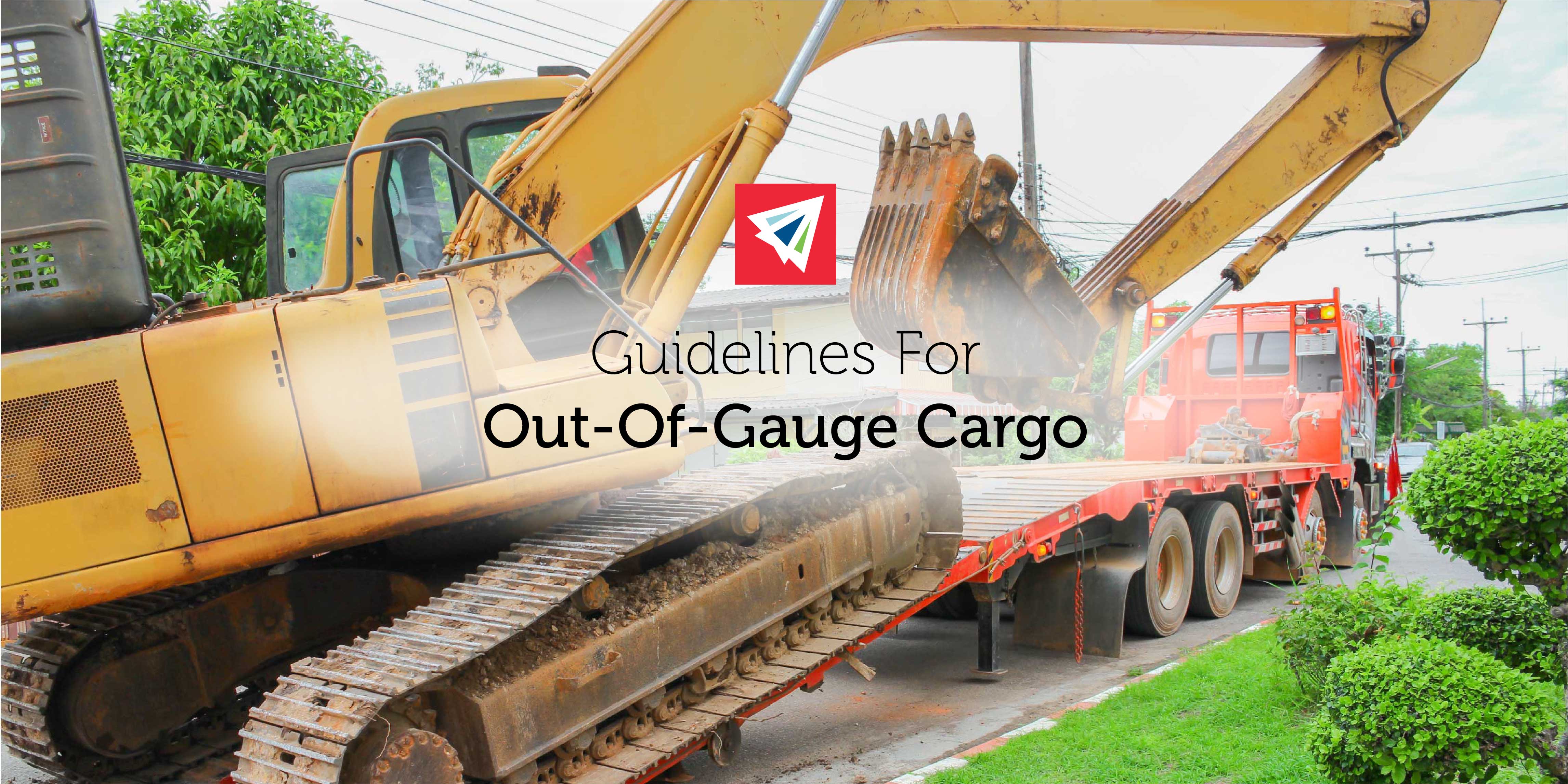Any time a load is taller or wider than a standard shipping container, it’s often considered to be out of gauge cargo. This cargo will require special shipping services to ensure it arrives at its final destination fully intact. It’ll be carried on a flat rack, platform, or open-top container.
Out Of Gauge Cargo
It is in your best interest to understand your container options when it comes to shipping out of gauge cargo. Below are some of your options for shipping oversized cargo.
Flat Rack Containers
Carriers typically use flat rack containers when out of gauge cargo can be top or side loaded. This would often be the case for pipes, boats, and heavy machinery. More often than not, it’ll be a 40-foot flat rack container, but two or more racks can be connected to accommodate extremely large freight.
To ensure everything stays in one place, the carrier will secure the cargo with lashing. While the best method of lashing is with a cross strap, your carrier may determine another form of lashing would best suit your freight, such as loop or friction.
Platform Containers
Carriers reserve platform containers for oversized, heavy, or out of gauge cargo, as the maximum weight is 39,300 kg — or just over 43 tons — for a 40-foot platform. The high loading capacity makes it possible to concentrate the heavyweight in a small area.
To secure the cargo, the carrier will use lashing attached to lashing rings along the side rails. If the cargo is subject to tipping or sliding, cross lashing will likely be used. Loop lashing may be necessary when the cargo has a tendency to shift from one side to the other.
Open-Top Containers
Carriers will use open-top containers when the cargo exceeds the height of a standard shipping container, which is just shy of 8 feet, yet still fits within its weight limits. For a 40-foot open-top container, the maximum cargo weight is 26,670 kg — or just over 29 tons.
Like flat racks and platforms, the carrier generally secures the cargo with lashing to ensure cargo stays in one place. The lashings will be connected to lashing rings at the upper and lower side rails of the container. They may also be connected to lashing rings at the corner posts.
If you’d like to learn more about out of gauge cargo, and whether this means of transport would work best for your shipment, please feel free to contact us today. We’d be more than happy to answer your questions.

One thought on “Out Of Gauge Cargo Guidelines”